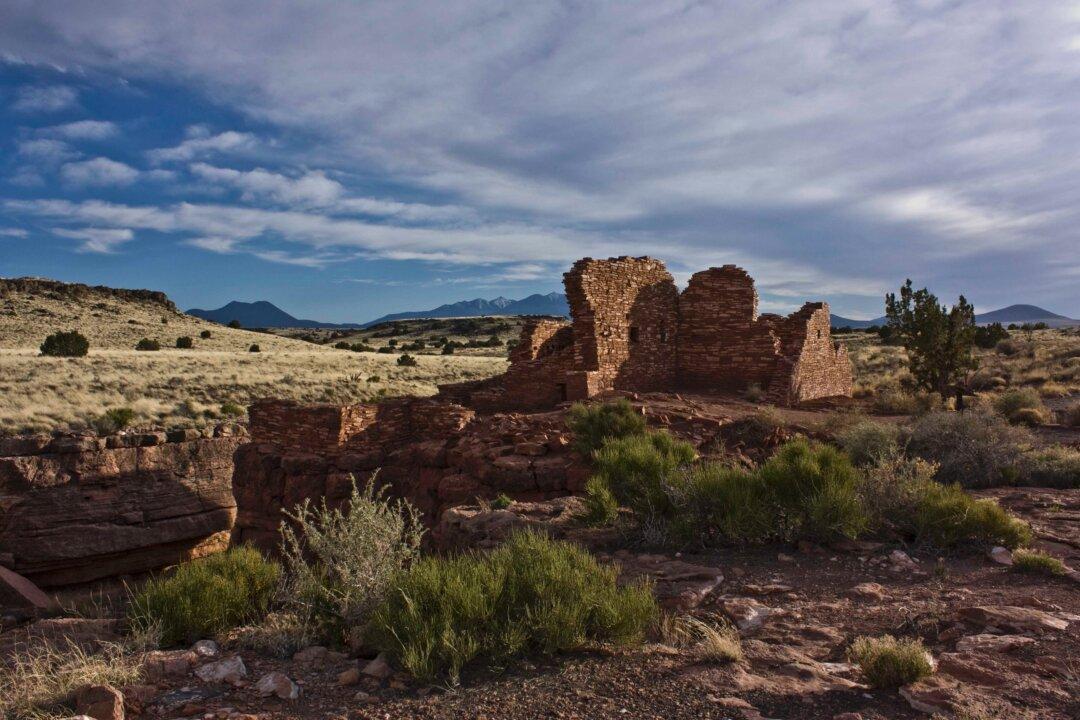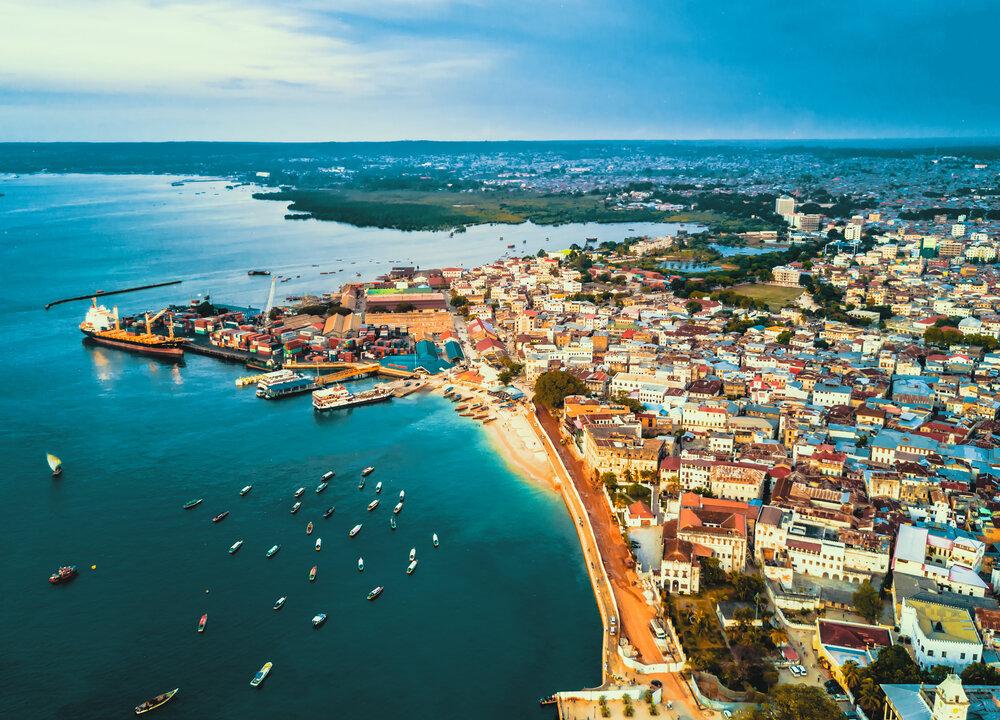If there was ever a monument of architecture dedicated to the feminine soul, Château de Chenonceau should be that testament. The medieval castle that dominates the right bank of the Cher River in France’s Loire Valley exists only because of the women who loved this regal residence.
Built upon the ruins of a 12th-century medieval structure, Château de Chenonceau is now a far cry from the dark bastion it was once. Instead, today’s visitors see the evolution of a shimmering masterwork built by France’s royal treasurer Thomas Bohier, between 1513 and 1576. However, the grand vision that spans the river today is that of his wife, Catherine Briçonnet, and a succession of women throughout history who followed in her footsteps. Also known as the Château des Dames or “ladies’ château,” the stunning palace has a long history of resilient women who called it their home. After Catherine Briçonnet, women including Diane de Poitiers, Catherine de' Medici, Louise de Lorraine, Louise Dupin, and Marguerite Pelouze would inextricably link their names and influences to Château de Chenonceau.






